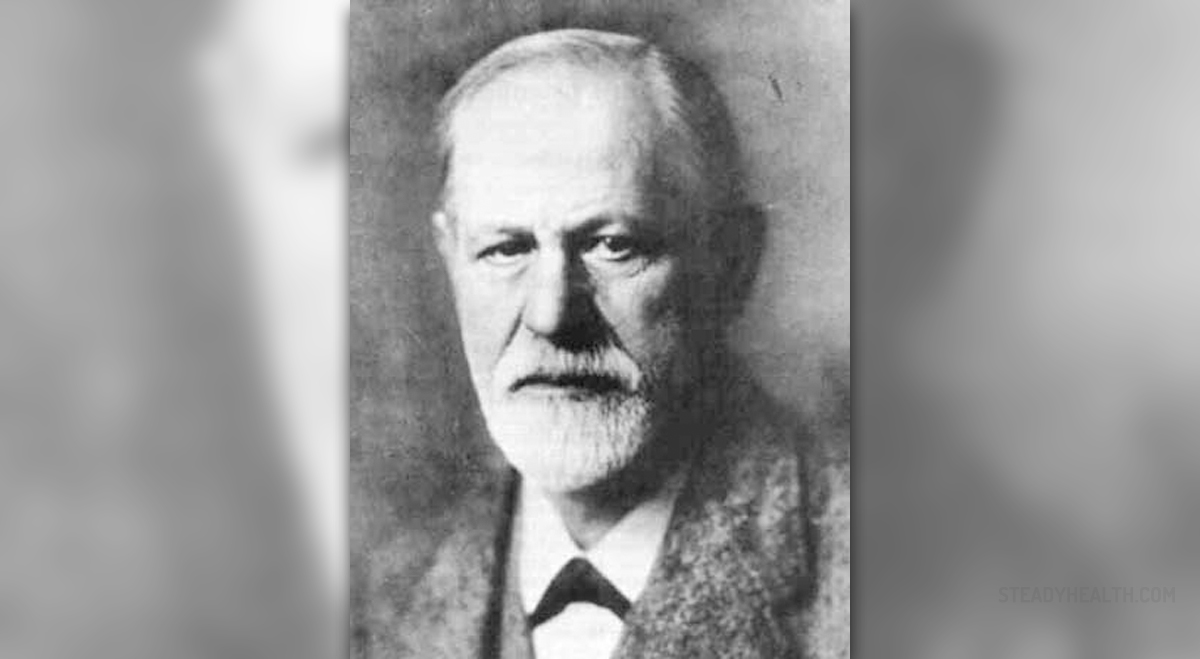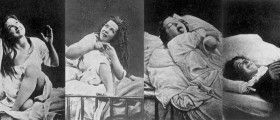
What Is Psychodynamic Therapy?
Psychodynamic theory is a type of a psychological paradigm that strives to uncover and analyze the unconscious processes that interfere with the person’s everyday behavior. Psychodynamic theory stems from Freud’s psychoanalysis as a slightly more contemporary version but nevertheless a form of long-term treatment. Unlike the psychoanalysis, psychodynamic theory is supported by an abundance of empirical research. The primary goal of psychodynamic theory is to increase the person’s insightfulness while interpreting the relationship between past and present experiences. Exploring unresolved conflicts from the past and trying to come to terms with the situation is supposed to elevate the symptoms that hinder functional behavior in the present. Further, psychodynamic theory is also used to scrutinize past relationships and relate them to the need to abuse substances in the present.Evolution of the Psychodynamic Theory
Psychoanalytic theory can be divided into four distinct schools of thought that influenced the development of the psychodynamic paradigm. The four categories include self, ego, and Freudian psychology as well as object relations. Self psychology originated in the United States in the mid-20th century. This branch of psychoanalysis refers to the individual’s perception of his or her experiences as they relate to self confidence. The self is also observed in comparison to other people in someone’s life and how the person is managing important relationships. The ego psychology is directly extracted from Freudian theory of personality. Freud believed that the ego is one of the fundamental aspects of personality and that it needs to be cultivated to please both the reality and the person’s aspirations. Ego encompasses elements such as adjusting to the surrounding world and defending the id in conflict situations. Further, Freudian psychology was developed in the early 20th century by Sigmund Freud, a physician and psychiatrist from Vienna. The foundation of Freud’s psychoanalysis is based on the sexual and aggressive energies that come from a personality component called the id. The id represents the unconscious part of the mind which acts on impulse and demands immediate satisfaction of needs. The superego is the third and last component of personality and is characterized by reinforcing the societal norms and regulations upon the id. The ego plays the part of a mediator between the id and superego and is trying to find the right balance between high moral standards and illogical drives of the id. In order to please the id and the superego, the ego will resort to using defense mechanisms, which are essentially tools for justifying and rationalizing different experiences that happen to the person. Defense mechanisms are supposed to maintain harmony in the mind. Superego will often impose guilt on the id while the ego will make excuses for both. Lastly, the object relations theory was founded by British psychologists who postulate that the personality depends on the environment or more precisely on the relationships between the person and significant others in life. Throughout our live we strive to builds and maintain healthy relationships with important people while searching for our own independent identity at the same time. The way that individuals relate to others and self in childhood will later on in life influence all subsequent relationships. Object relations theory also claims that persons duplicate relationships in order to do better in them than before as well as to liberate themselves from unsatisfactory bonds. In all of the four paradigms people’s personalities and pathologies form in relatively similar ways and also change through therapy from debilitating to adaptive and productive behavior. One of the most distinct features of psychoanalysis is that the therapeutic process may last for years. The psychodynamic theory is much shorter and requires fewer sessions to complete recovery or improve the person’s life.Psychodynamic Therapy Principles
The amount of time it takes a person to change with the help of psychodynamic therapy is approximately 2 years. The primary aim of therapy is to change personality by introducing information that was supposed to be acquired during childhood and adolescence. Some practitioners believe that within a shorter amount of time the person can begin to change and can keep working on the process without having to see the therapist regularly. In psychoanalysis the individual is encouraged to discuss anything that comes to mind without making any sense. In psychodynamic therapy sessions the person is focused on one central issue and helped in changing the subjective view of it. The central issue is often revealed in the early stages of therapy, sometimes even during the initial assessment. Both parties need to agree on what the main problem is in order to move on with treatment. It should be noted that all theories that stem from Freud’s psychoanalysis are seldom used in today’s world of psychotherapy. Most clinicians opt for cognitive behavioral theory as it is much quicker and the results are more concrete.
















Your thoughts on this
Loading...